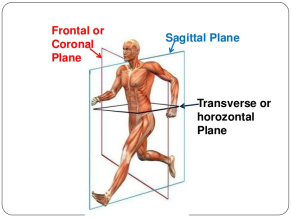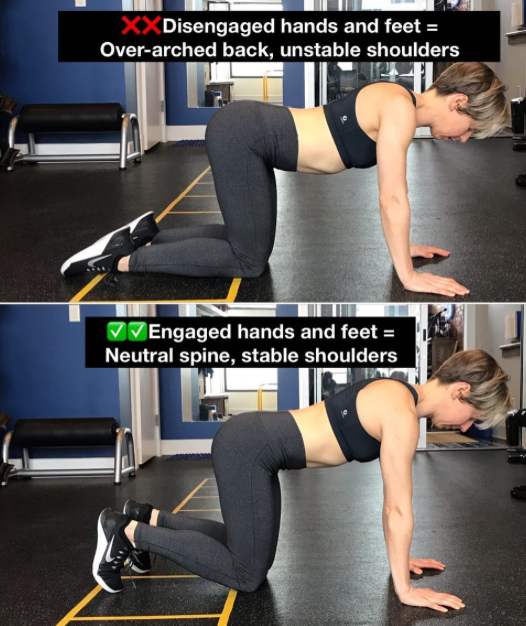Top 5 Core Stability Exercises
2024-02-1
Typically making any list of exercises is REALLY difficult. That is because the way to make such a list honestly would require us to answer A LOT of “it depends” questions. So, I thought this would be a bit different kind of a list, because while the title is “The Top 5 Core Stability Exercises”, the truth is that it is probably more accurate to say, “the top 5 core stability exercises you should emphasize first.”
Before we go into the list, here are some key concepts to understand. Core stability isn’t just about abdominal muscles. It is about the 36 plus muscles of the core that work synergistically to create a stable foundation for the arms and legs to move as well as helping the “communication” of the upper and lower body. If you like a more science based explanation this one in a paper in “Sports Medicine” can help…
“Core stability’” is defined as the ability to control the position and motion of the trunk over the pelvis to allow optimum production, transfer and control of force and motion to the terminal segment in integrated athletic activities. Core muscle activity is best understood as the pre-programmed integration of local, single-joint muscles and multi-joint muscles to provide stability and produce motion. This results in proximal stability for distal mobility, a proximal to distal patterning of generation of force, and the creation of interactive moments that move and protect distal joints. Evaluation of the core should be dynamic, and include evaluation of the specific functions (trunk control over the planted leg) and directions of motions (three-planar activity). Rehabilitation should include the restoring of the core itself, but also include the core as the base for extremity function.”
My definition I think is easier for most to wrap their heads around, but I do think it is important to also emphasize the need for the control happening in 3 planes of motion.

Okay, so what are these 5 core stability exercises and why are we choosing them? Let’s get into them…
Dead Bug Progressions
The dead bug is a popular exercise, but goes wrong all the time. The idea is to keep the trunk and pelvis stable as the opposite arm and leg move. Not only does this reinforce the idea (that we will use over and over) that the core is the foundation for the arms and legs to move effectively, but also the cross patterning (another concept that will repeat itself) where opposite arms and legs move together actually feeds better movement to our nervous system.
What happens when people do bodyweight versions they often have no awareness of how to create the stability in the trunk and pelvis to not allow the movement of the arms to throw it out of position. That is why we often need to start with reduced lever arms of the arm and leg movement while also providing more feedback on how to properly use the core. Physical Therapist, Jessica Bento breaks it down well below…
View this post on Instagram
Side Planks
Another exercise that probably doesn’t blow you away, done with the right intent side planks build frontal plane strength that is essential in knee and low back health. In fact, so many issues we come across have frontal plane strength as a major issue that we often have to get addressed. Side planks are a good start, but you have to do them properly and understand how to build progression.
Bird Dogs
Again, an exercise that many know, but few optimize because they just try to get through the exercise that really see how core stability is built into the movement. It starts with grabbing the ground and driving into the balls of feet, this gives a proper foundation to move from.

The key is to make connections to not only the ground but then our lats, core, and opposing glutes like we show here…
View this post on Instagram
Diagonal Patterns
In the 1940’s therapists found that diagonal patterns were very powerful for core stability and restoring movement. This was part of the foundation for the system of Proprioceptive Neuromuscular Facilitation (PNF) which has been used as a powerful system by therapists and performance coaches to improve mobility, stability, and overall performance. One of the best examples is lifts/chops.
Using the Ultimate Sandbag and being able to have weight and pull apart the implement allows us to make better connections to the muscles for greater core stability.
View this post on Instagram
Half Kneeling & Asymmetrical Positions
We already discussed frontal plane movements are key, but not everyone can do side planks and we need to progress to more dynamic/functional positions. A great way to accomplish both goals is use half kneeling and asymmetrical positions. What does that look like? Below are some really effective ideas in building greater core stability.
The goal here is not to say these are the only exercises you perform for great core stability training, but they serve as important foundations and “go to’s” to achieve so much more than building strong abs!
You can find out more with physical therapist, Jessica Bento’s DVRT Rx courses and our Restoration Certification 25% off with code “save25” HERE
View this post on Instagram
© 2024 Ultimate Sandbag Training. Site by Jennifer Web Design.







